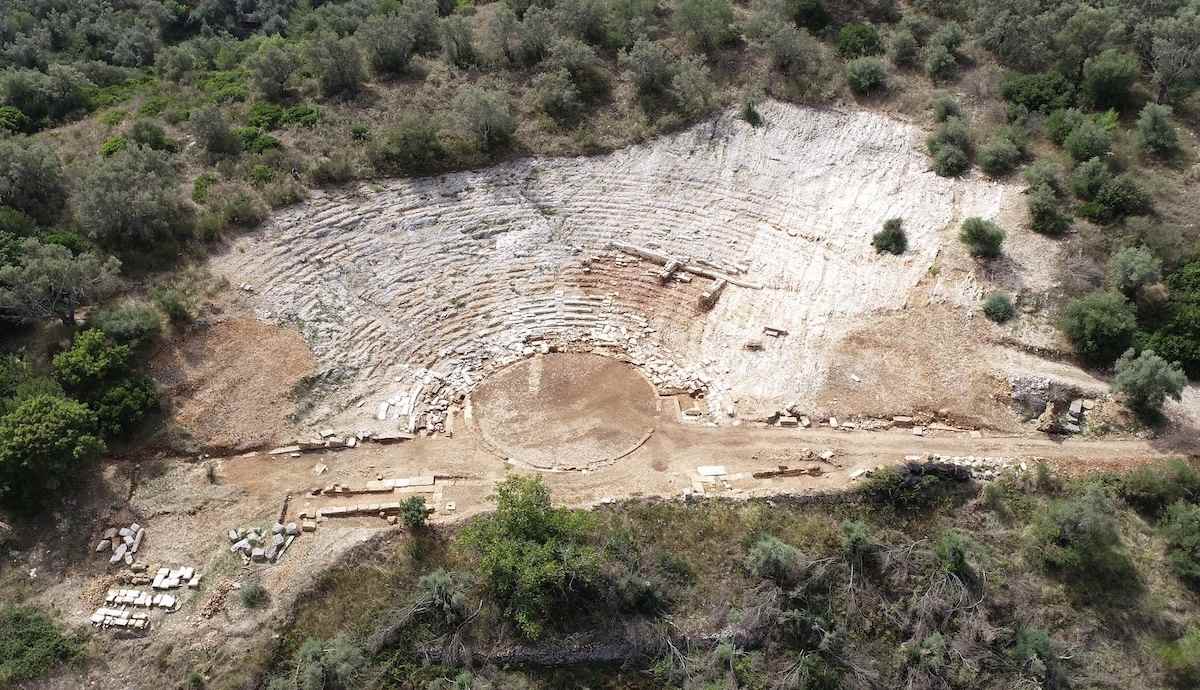
Turkish archaeologists discovered 2,000-year-old mosaics in Pergamon, an important center of power and culture in Hellenistic Greece. The “ornate” tile floors, which belong to a Roman period residence, offer new insights into the lives of the ancient city’s elite.
Mosaic House “Was a Prestigious Residence”

The ruins of the Mosaic House once stood as a grand residential complex in Pergamon during the ancient city’s Roman period. It was a peristyle building with a continuous porch surrounding the perimeter of a central stone courtyard. The complex also contained a pool.
“One of the most remarkable aspects of the Mosaic House is its ornate mosaic flooring, indicating that this was a prestigious residence,” explained archaeologist Yusuf Sezgin. “We estimate it was built between the 2nd and 3rd centuries [CE] and may have been abandoned following a devastating fire during the Arab raids of the 7th century.” Sezgin added that a seal inscribed on a roof tile indicates the structure “was likely part of the royal family’s private residences, as such seals were commonly used in royal buildings at Pergamon.”
Fascinating Findings at the Mosaic House

Archaeologists nicknamed the Roman residence “Mosaic House” for its vibrant, intricately designed mosaics that date back nearly 2,000 years. The floors feature geometric and floral motifs. Excavations also revealed a gravestone at the Mosaic House. The stone, which was used in the construction of the pool, was inscribed with a phrase that translates to “the sweetest child in the world.” The text appears next to a depiction of a young boy and a dog hunting rabbits. Sezgin said, “This emotional gravestone offers a poignant glimpse into the social life of the time, revealing personal stories beyond the usual historical narratives.”
The History of Pergamon

Pergamon was once an unassuming city. But during the Hellenistic era of ancient Greece, it emerged as a key center of power, culture, and wealth. By the 1st century BCE, it was part of the Roman Empire. Ancient Pergamon was centered atop a 1,000-foot mesa, which helped form its acropolis. It is situated near the coastline of the Aegean Sea, northwest of modern-day Bergama, Türkiye. Pergamon was added to the UNESCO World Heritage List in 2014.







